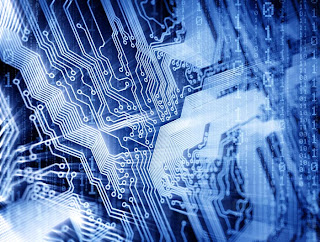Ultra-fast computers of the future might consist of tiny pieces of superconducting material linked electrically to equally small mechanical resonators, the former providing the processing power and the latter the memory. That is the prospect raised by new work carried out by an international group of physicists, showing that quantum information can be passed between the two kinds of component in such a way that this delicate information might be protected from environmental interference.
Quantum computers exploit the counterintuitive idea that tiny objects can exist in more than one state at the same time. Rather than processing bits – which are either 0 or 1 – such devices instead manipulate qubits – which can be 0 and 1 simultaneously – potentially allowing vast numbers of operations to be carried out in parallel and rendering these devices far quicker than classical computers.
Physicists are working on a number of different kinds of quantum computer but all have their downsides. Some exploit the spin of individual particles, such as atoms, molecules or photons. The quantum states in these devices can be made quite robust against interference from outside – one of the biggest challenges in building a workable quantum computer – but they require bulky apparatus that is not well suited to building computers with large numbers of qubits. Suitable scaling up should not be a problem for solid-state designs, however, such as devices that exploit the quantum-mechanical properties of superconductors. But these devices are extremely susceptible to electromagnetic interference.
Physics World: Quantum computers turn mechanical

Comments